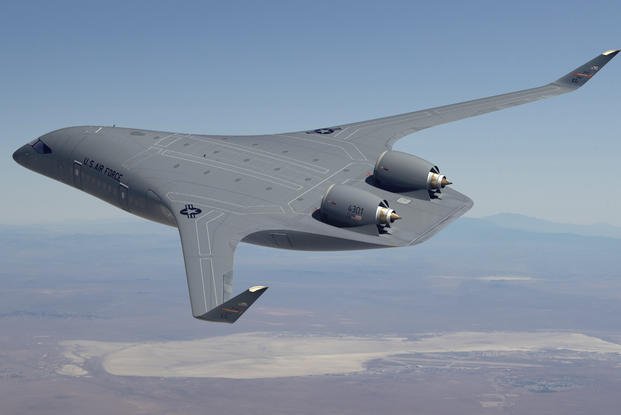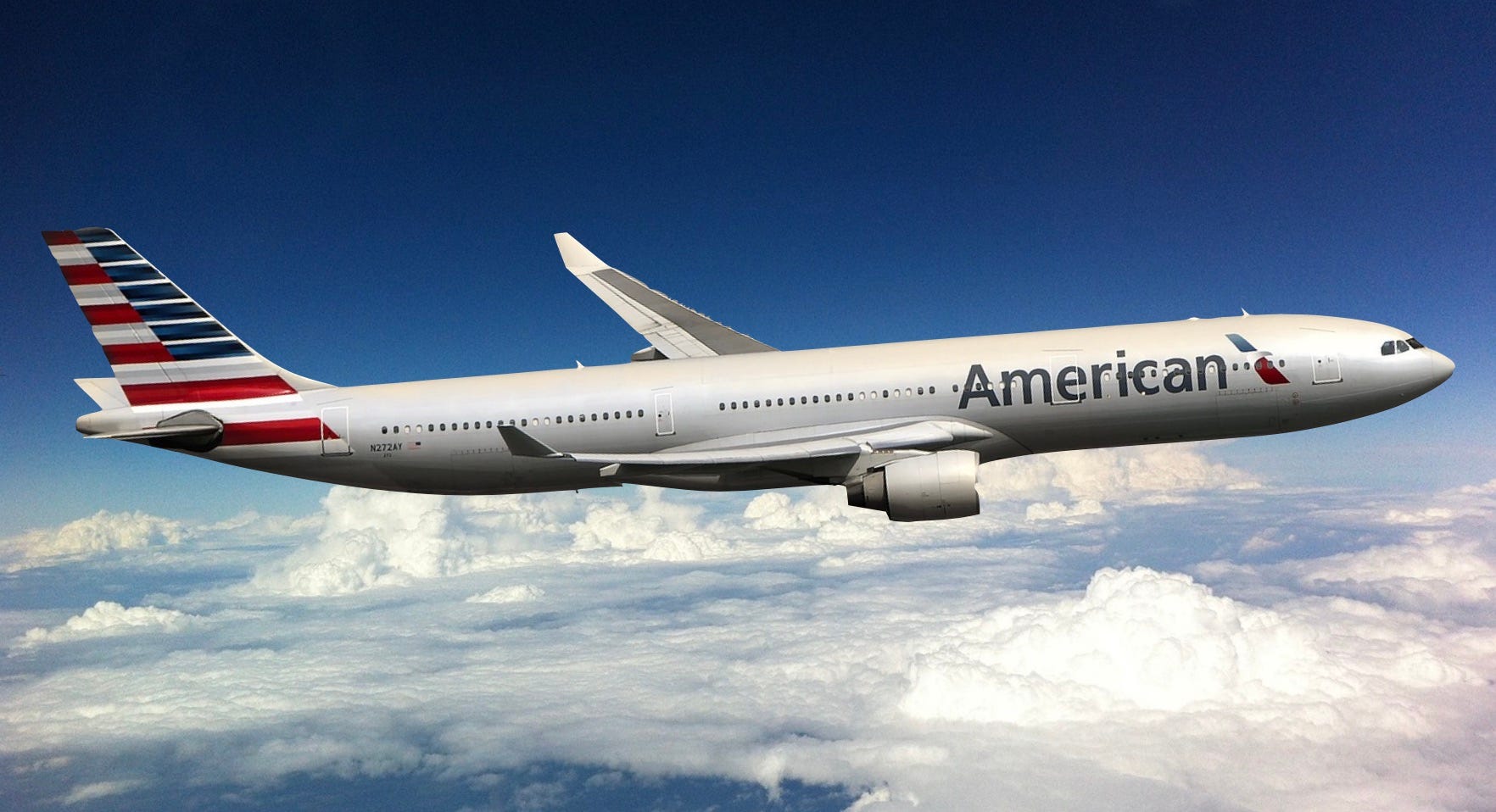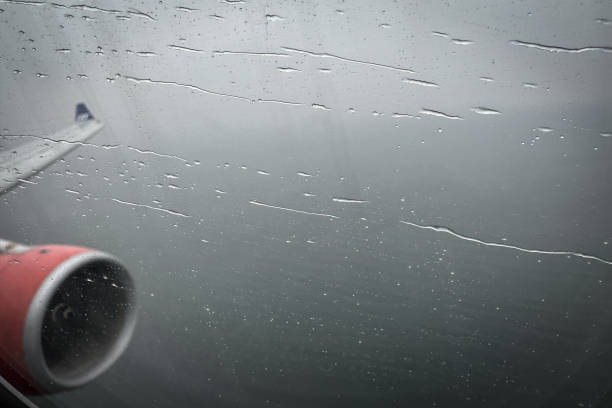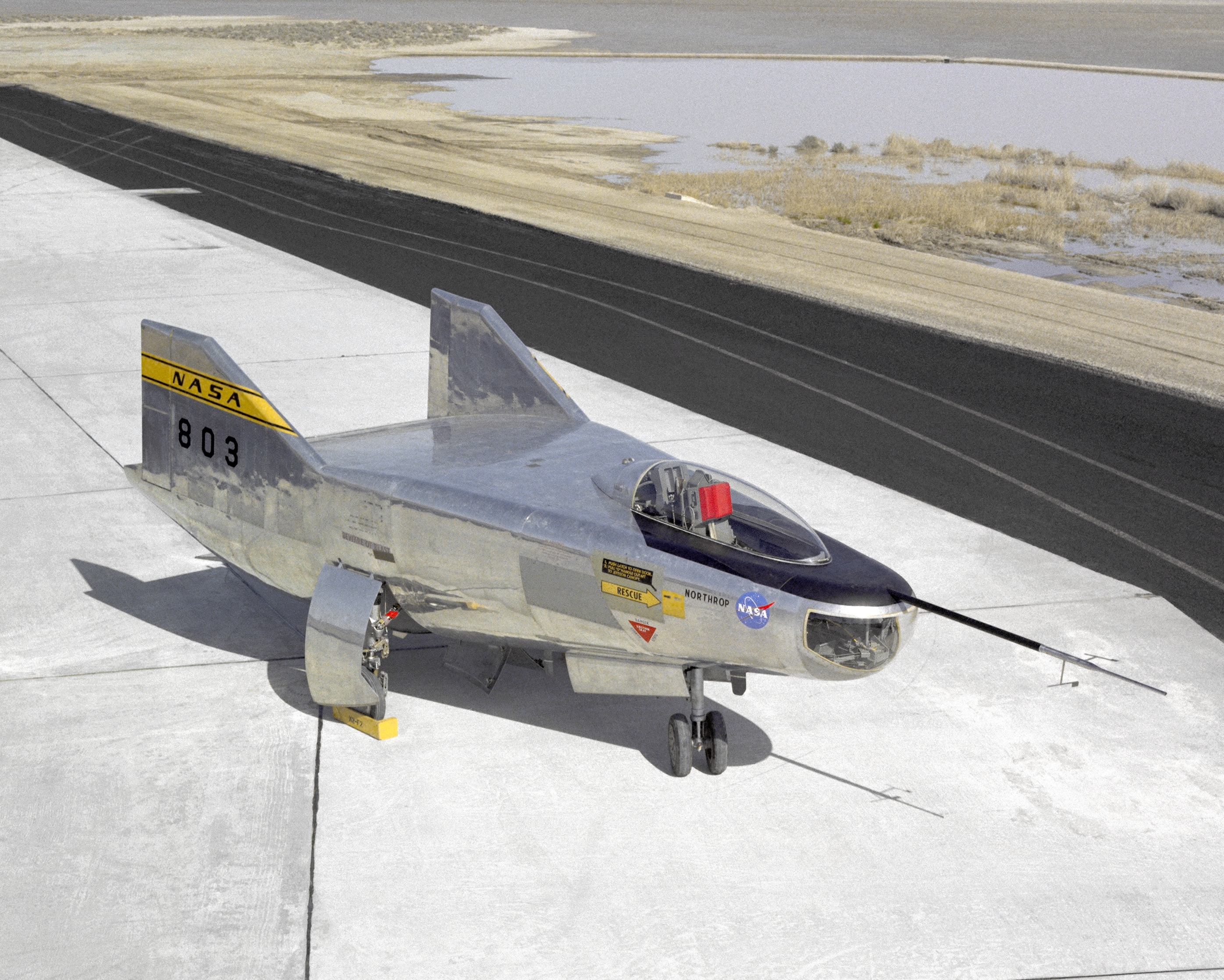Would be nice to see one flying in the future, something very different from todays designs. 2027 for a prototype seems pretty fast.
Don’t hold your breath. There’s not enough efficiency gain to justify the costs.
Part of how this airplane makes its efficiency is the increase in wing length.
So, while it looks cool, but compared with a 767, it has about another 40 feet of wingspan for the same weight aircraft. That means it’s not gonna fit at a regular gate at a regular airport.
It also means at the Air Force is going to need more ramp space for the same amount of cargo capacity or tanker capacity.
The passenger version? People are already calling it the vomit comet.
Some of the seats would have to be very far from the aircraft center line. So, any turn, any slight change in bank, causes those seats to rise and fall several times more than a seat in a current airliner. Even a widebody.
The window seat, with rises and drops of 30+ feet, during normal maneuvering, may end up being the least desirable.
Fewer window seats overall isn’t gonna do much for a ticket sales either.
The Aviation Week article on with this military.com article was based, and the editor is one Ward “Mooch”
Carroll, was long on promise, and short on commitment.
Most of this is based on the interview with the CEO of the company, and one Air Force General, who is interested. I can see it making a viable tanker.
But passenger airplane? That’s a long way off.






